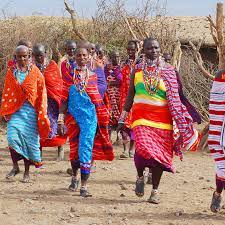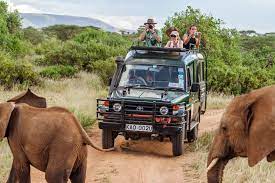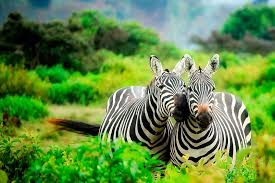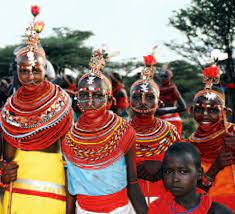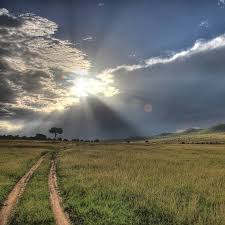Overview
Ruma National Park is the only terrestrial park in Kenya’s Nyanza Province. Dubbed the “Last Retreat of the Roan Antelope”, the park protects the only indigenous population of rare roan antelopes within Kenya. At present, the population is on the verge of extinction with individual populations numbering approximately 40. The park was established in 1966 as Lambwe Valley Game Reserve. It was later renamed “Ruma” after one of Kenya’s most powerful wizard, the much feared Gor Mahia who lived around the park (affiliated to Gor Mahia F.C.). The park is located in the vast Lambwe Valley.
Anthony is a renowned Africa expert and author of many Lonely Planet guidebooks, including the guide to Kenya. This rarely visited park was established to protect Kenya’s last remaining population of the beautiful roan antelope. The park is totally undeveloped and visitors need to be self-sufficient. Some other wildlife has been introduced, but densities are low and animals are skittish. This is a good place to see the endangered blue swallow which migrates between here and northern Tanzania.
Best Time to Go June to October and January to February
High Season December to March and July to October (Not busy)
Size 120km² / 46mi²
Altitude 1,170-1,638m / 3,839-5,374ft
Pros & Cons
- Un-touristy, off-the-beaten track destination
- Home to the rare roan antelope
- Great wilderness appeal
- Good birding with a chance to see the endangered migratory blue swallow
- There is very little wildlife
- A lot of tsetse flies
- Very limited tourist facilities
- Limited road network and roads are in a bad condition
Wildlife
This is the only place in Kenya to see the rare roan antelope. Other introduced species include Jackson’s hartebeest, black rhino, Bohor reedbuck, buffalo and Burchell’s zebra. The localized race of Rothschild’s giraffe can also be spotted. There are tracks to be found of leopard and spotted hyena, but they are shy and are unlikely to be encountered.
Scenery
The scenery is a mix of grassland, rolling hills and patches of woodland. The park is located in the Lambwe Valley east of Lake Victoria and is bordered by the Kanyamaa escarpment.
Weather & Climate
The weather and climate of Ruma is comparable to that of Kenya in general. More info:
Weather & Climate – Kenya
Best Time to Visit
Ruma can be visited year-round, but wildlife viewing is best in the dry months from June to October and January to February. Visits during the peak of the short rains (November), and especially during the long rains (April and May), might be challenging because of the condition of the roads, which aren’t great even in the Dry season. A sturdy 4×4 is required throughout the year.
Getting There
Visitors to Ruma need to be totally self-sufficient with a fully-equipped 4×4. The park is located 425km/264mi west of Nairobi, 140km/86mi from Kisumu, and 42km/26mi from Homa Bay on Lake Victoria. Fly-Sax offers scheduled flights to Homa Bay.
Health & Safety
Please read our vaccinations and malaria page for Kenya, and our general wildlife viewing safety precautions page for more info:
- Wildlife Viewing Safety Precautions
- Malaria & Vaccinations – Kenya
Activities
Game species range from African leopards (Panthera pardus pardus), roan antelopes (Hippotragus equinus), eastern black rhinoceros (Diceros bicornis michaeli), Rothschild’s giraffes (Giraffa camelopardalis rothschildi), oribis (Ourebia ourebi), cape buffalos, Lelwel hartebeests (Alcelaphus buselaphus lelwel), olive baboons, Bohor reedbucks (Redunca redunca), hyenas, servals (Leptailurus serval), topis (Damaliscus korrigum), honey badgers (Mellivora capensis), bushpigs (Potamochoerus larvatus) and vervet monkeys among others.
Over 400 species of birds have been recorded in the park, making it an Important Bird Area. The rare intra-African migrant, the blue swallow (Hirundo atrocaerulea) is one such avian species.
Uniqueness
This is the only place in Kenya to see the rare roan antelope. Other introduced species include Jackson’s hartebeest, black rhino, Bohor reedbuck, buffalo and Burchell’s zebra. The localized race of Rothschild’s giraffe can also be spotted. There are tracks to be found of leopard and spotted hyena, but they are shy and are unlikely to be encountered.


